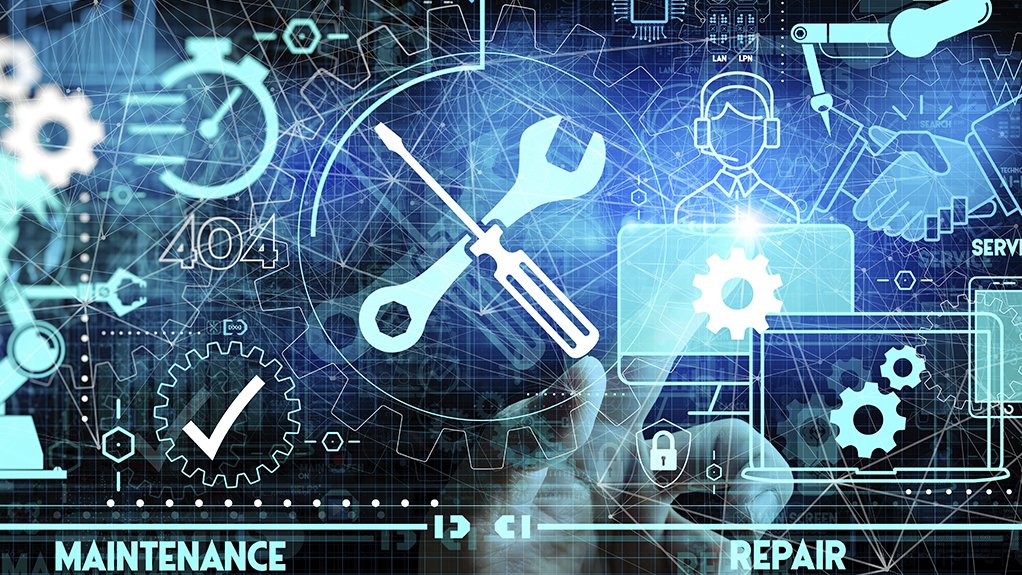
When deciding between reactive and preventative maintenance for the upkeep of your company's assets and equipment, a number of considerations may be at play. Both strategies have advantages and disadvantages that you should weigh before choosing one to use as they are used by businesses and organizations to maintain their equipment and assets in optimal operating order.
Preventive Maintenance: What Is It?
This method of maintaining corporate assets entails routine or planned inspections of tools, machinery, equipment, and their parts—even when they are in use at a workplace or facility. Preventive maintenance is essentially routine maintenance to keep company equipment operational and avoid costly, unplanned downtimes.
Before there is an equipment breakdown or failure, facility managers do routine preventative maintenance inspections on company tools and equipments.
Reactive Upkeep
Regardless of whether your facility managers are more at ease with reactive or preventive maintenance, you still need to weigh the advantages and disadvantages of each maintenance strategy to decide which is best for your particular business needs and what kind of outcomes your managers can expect.
I'll go over the benefits and drawbacks of preventative maintenance below so you can decide if it's the right decision for you and what potential negative impacts it may have on your organization or business.
Benefits Of Preventive Maintenance

Decreased Danger
Preventive maintenance allows a business or company to experience lower risks of unplanned breakdowns and a safer workplace environment for employees to finish their tasks efficiently. Business assets and tools are inspected and checked on a regular basis (according to a maintenance schedule).
Extended Equipment Life
Nearly all corporate assets would be in excellent functioning order and have a longer lifespan when all tools and equipment are inspected in accordance with a pre-planned maintenance program. With this maintenance method, underperforming parts are also replaced, allowing all equipment and assets to operate more efficiently than before.
Adaptable Timetable For Maintenance
As the name implies, the purpose of preventative maintenance is to avert unplanned malfunctions and downtime. Every company has a flexible maintenance plan that it uses to notify management when its equipment needs to be taken apart.
It is imperative that both management and personnel are conversant with replacement orders in order to ensure seamless corporate operations. By doing this, a company may experience higher output without having to deal with equipment failure or malfunction and the associated waste of time.
Lower Expenses
Preventive maintenance will save your company money by reducing breakdowns and costly repairs. This is something you will notice when you take care of your company's assets. By doing this, you may also avoid having to pay a lot of money for repairs or maintenance by replacing a business item or equipment when necessary.
By offering real-time failure history and all the necessary equipment information, maintenance management software may assist you in adhering to preventative maintenance programs.
Reduced Use Of Materials And Energy
Poor maintenance increases the likelihood that a company's assets or equipment may use more fuel or power than they should. Preventive maintenance on your business instruments and assets allows you to promptly identify problems and conserve energy and other resources for the overall health of your company. The more energy you save for your company, the more money you make.
Read Also: Innovative Business Ideas for College Students
Reduced Disturbances
The likelihood of a disruption is constantly reduced since company assets and tools are regularly inspected and maintained. You can make more informed decisions about whether to shut down a machine or piece of equipment for maintenance without compromising the effectiveness and productivity of your company by keeping a maintenance plan on hand.
It may surprise you to learn that hotels have a precise plan for maintaining their beds. Check it out if you are a business owner by bringing up those documents. The corners are highlighted with black marker. Every week, the mattresses are precisely rotated, saving the business millions of dollars in labor and equipment. That is what you can get out of a planned maintenance. A mattress is not nearly as pricey as your equipment.
Drawbacks Of Preventive Maintenance
More Funds Could Be Required To Get Started
If a small organization has a restricted budget for asset management and maintenance, the initial implementation expenses of a CMMS for preventative maintenance may be prohibitively expensive.
Regular asset inspections and checks for maintenance may need you to make an investment in the newest tools and equipment to do the necessary maintenance tasks, which will undoubtedly raise your overall business expenses.
Additional Resources Are Needed
Preventive maintenance will require additional resources in the form of labor, money, and components as you adhere to a maintenance schedule. On the other hand, while depending on reactive maintenance, you could have to hire a mechanic for a one-time fix.
Excessive Upkeep
You must monitor and inspect company assets that might not need to be reviewed since they are operating correctly and posing no problems by keeping a regular maintenance plan on hand. In this sense, you are squandering more financial resources and company resources on asset upkeep that could be allocated to other profitable ventures to boost total sales.






